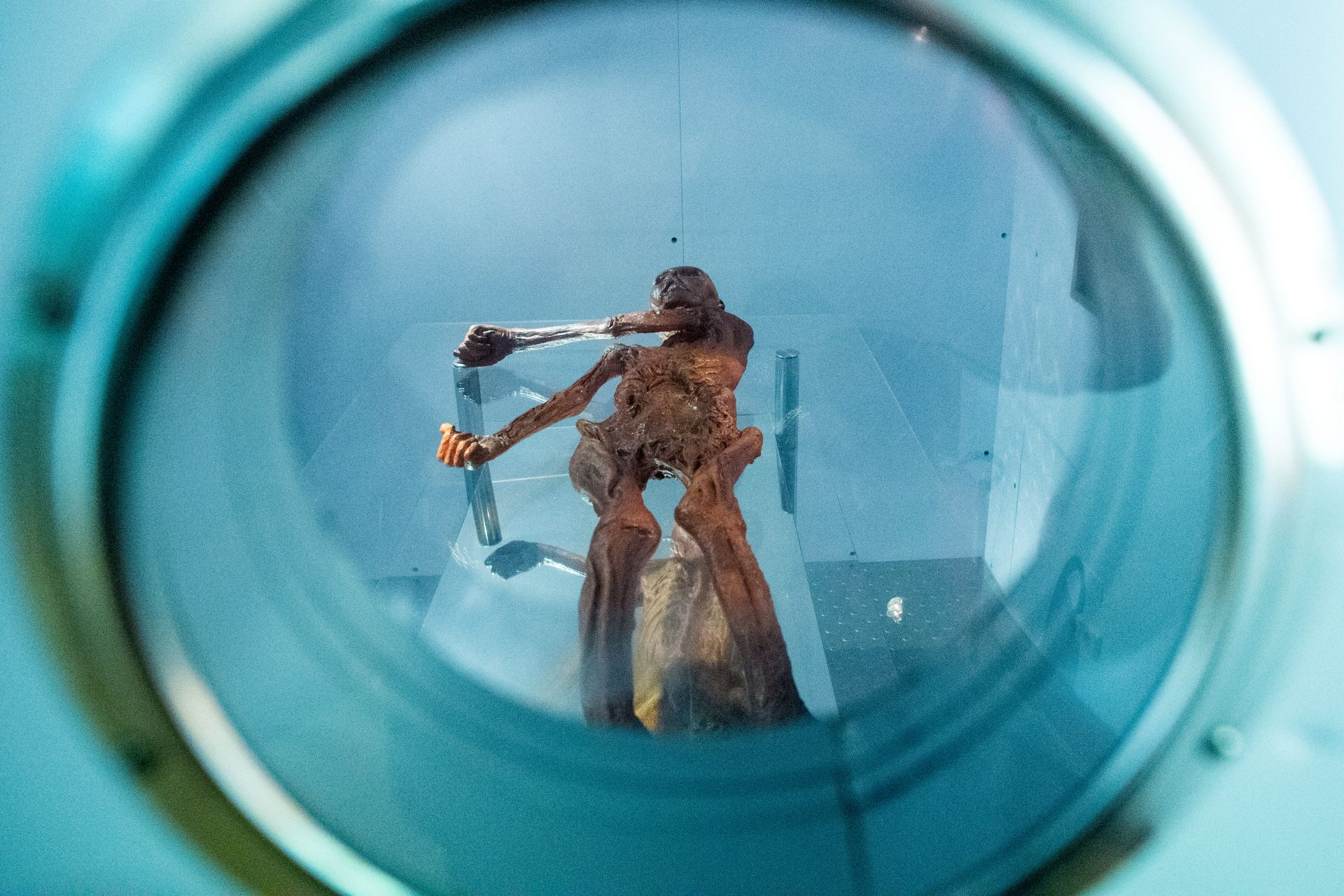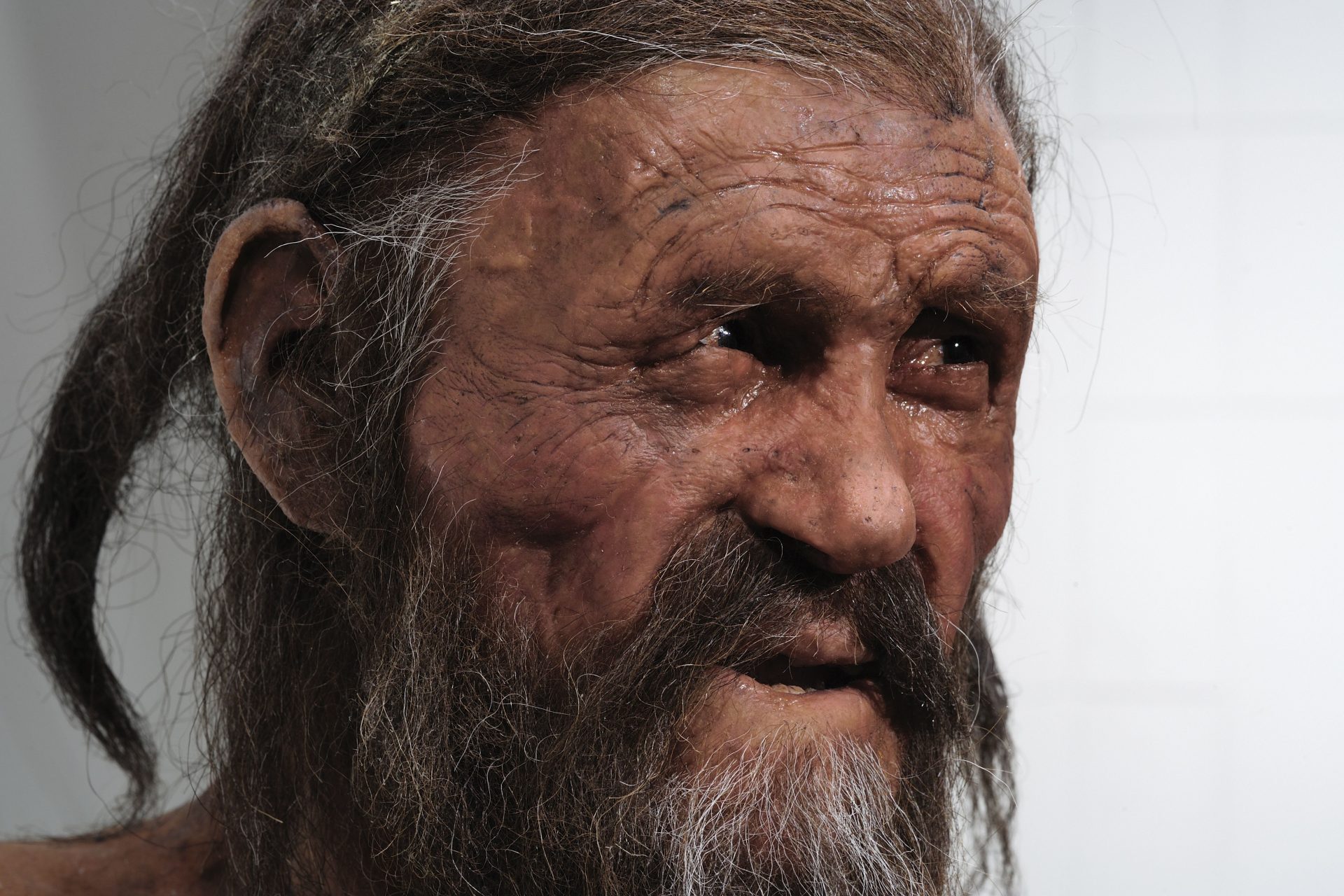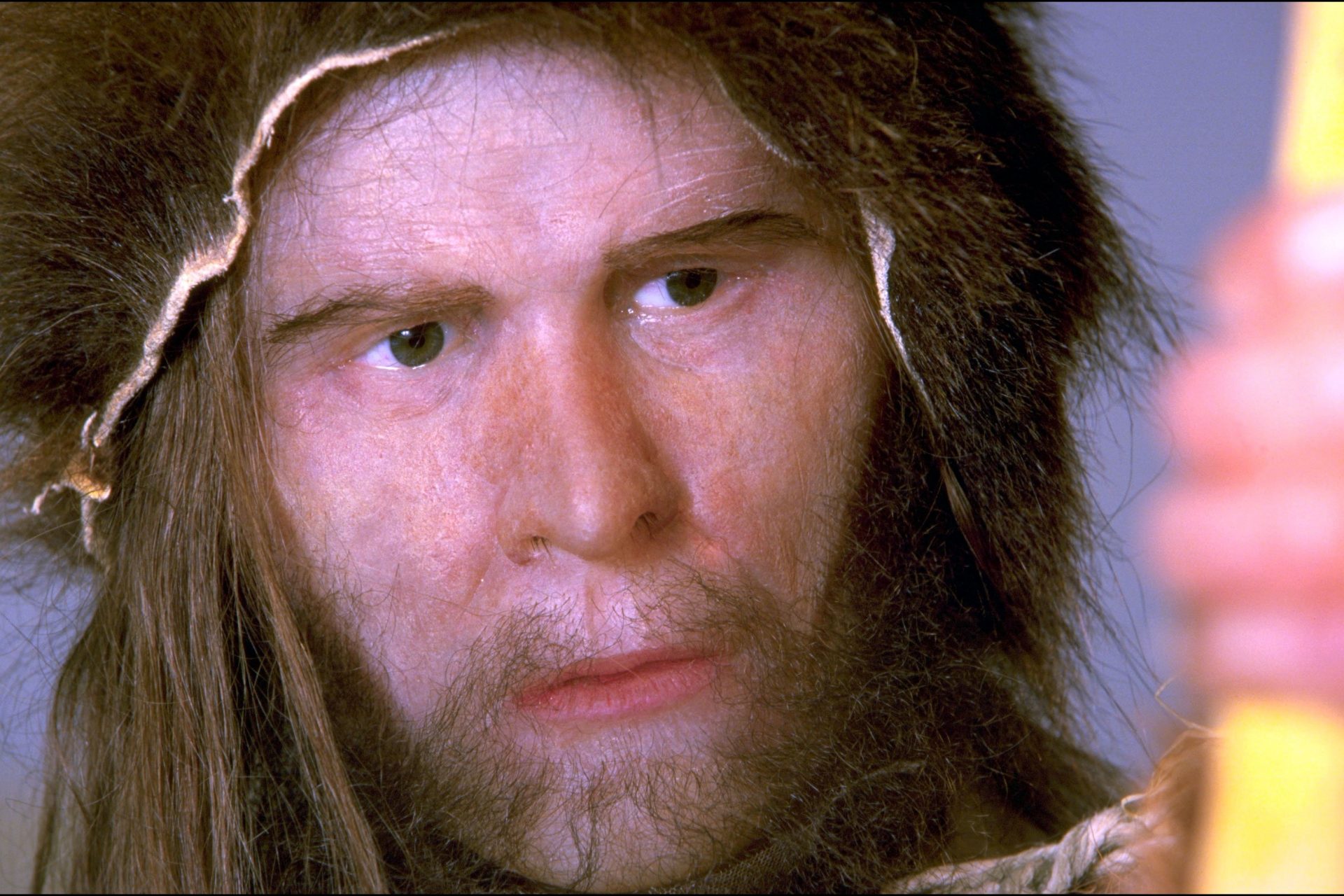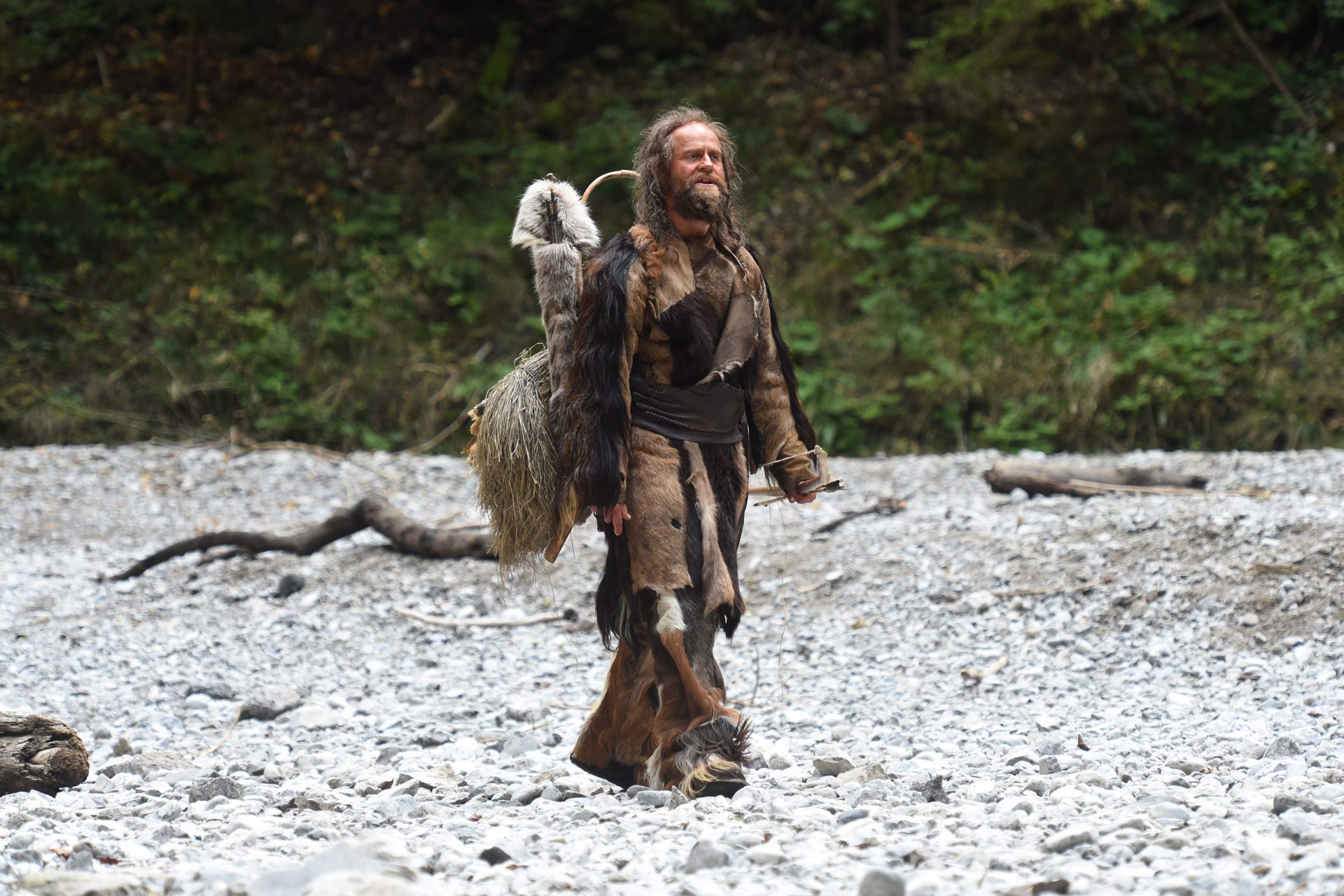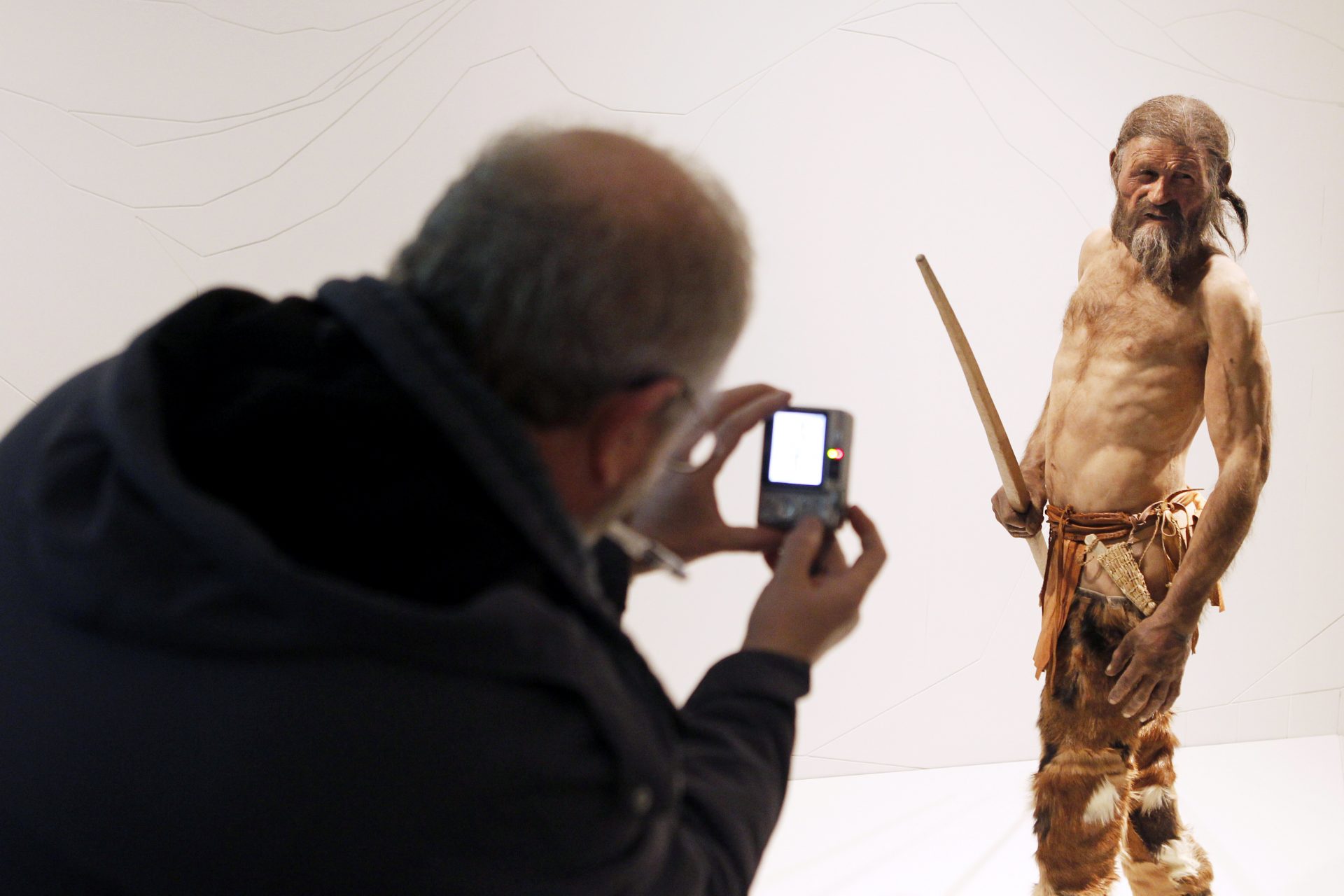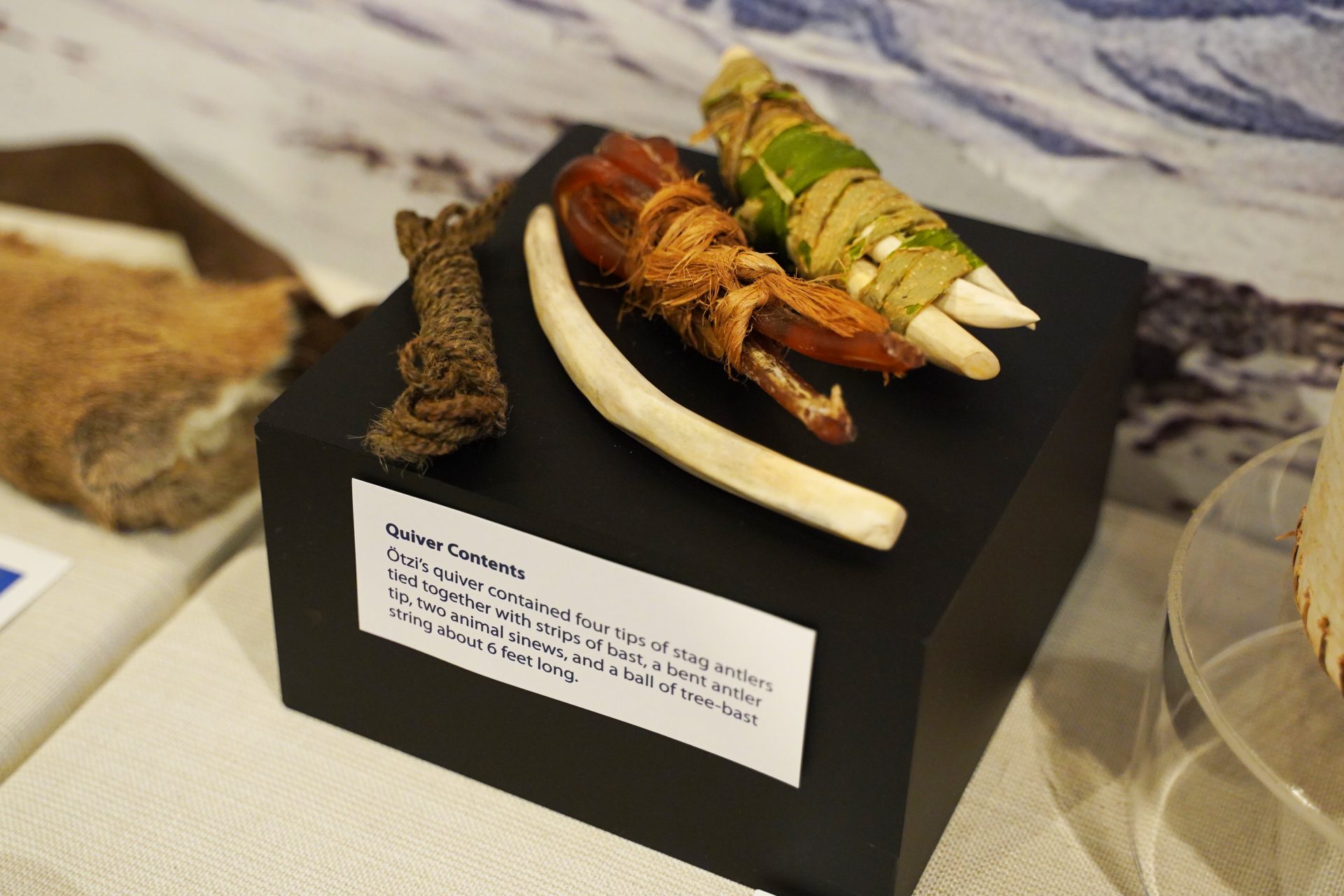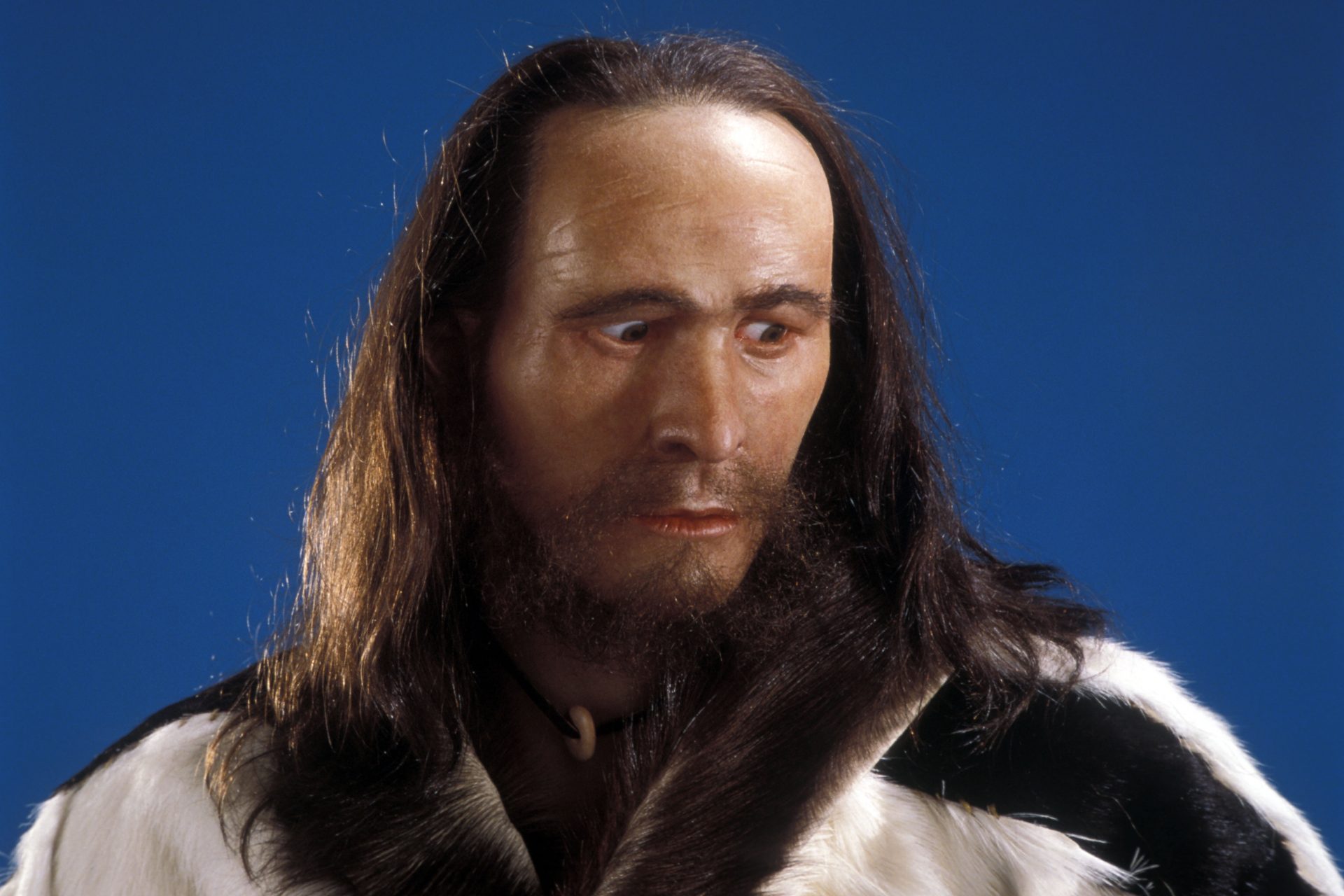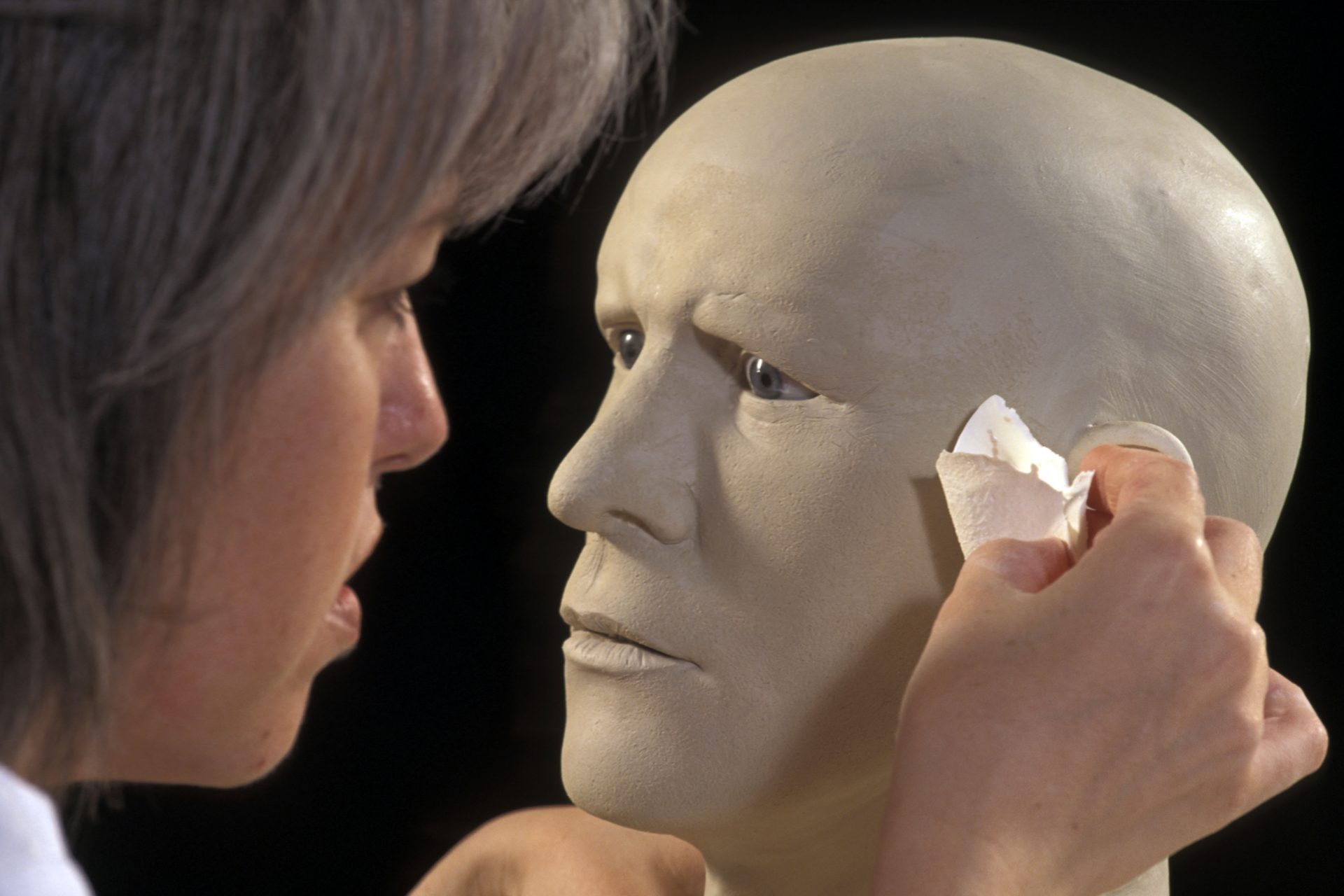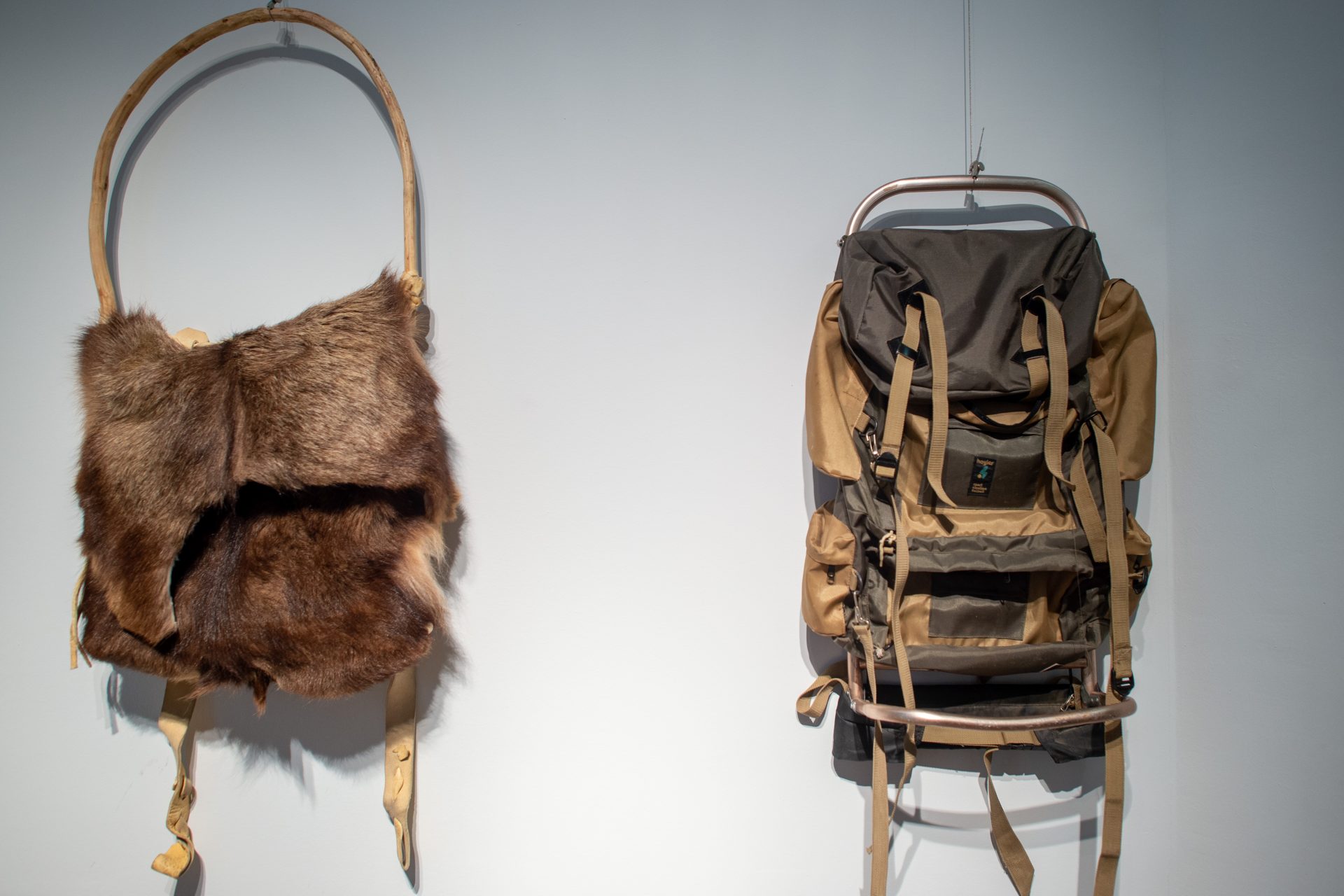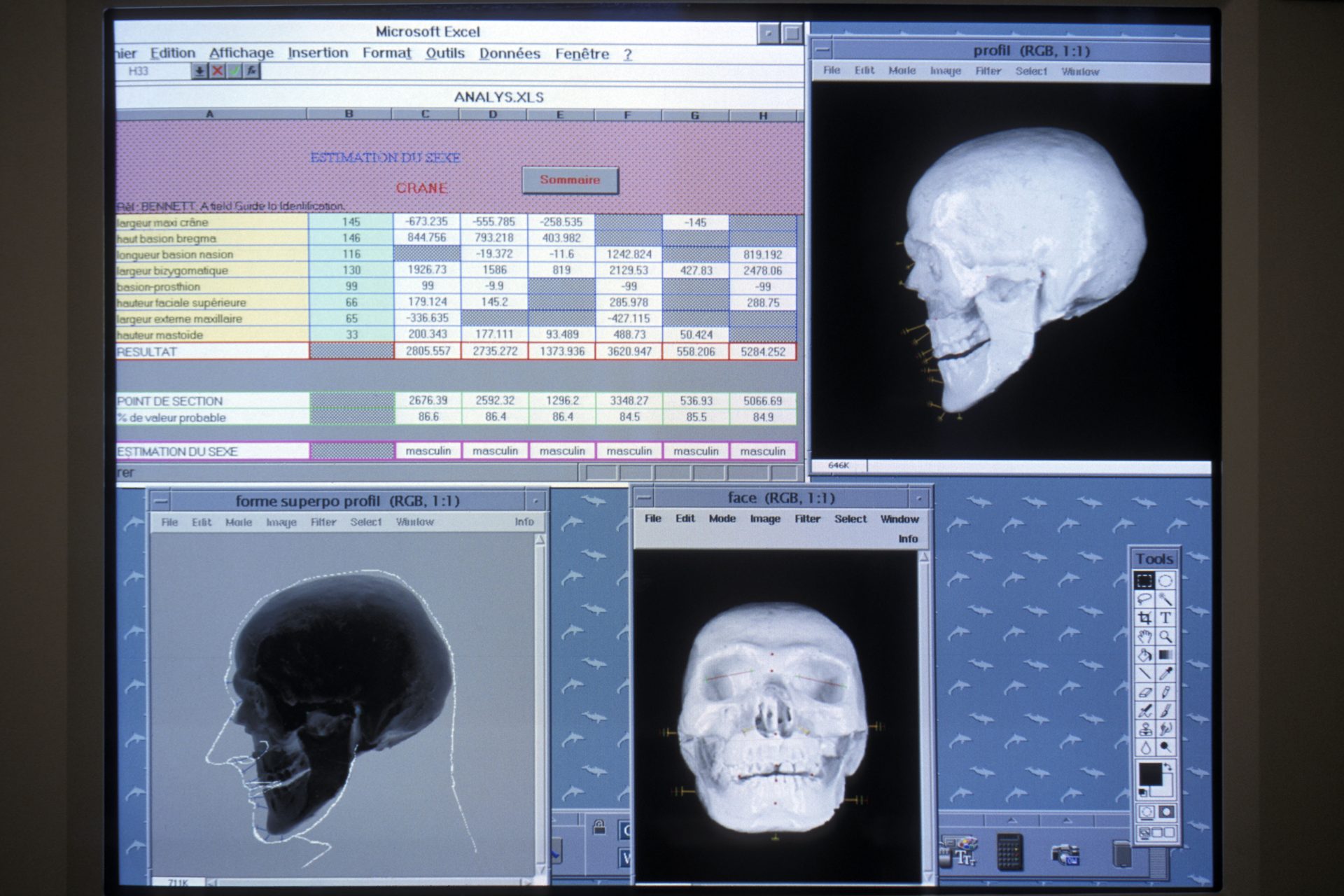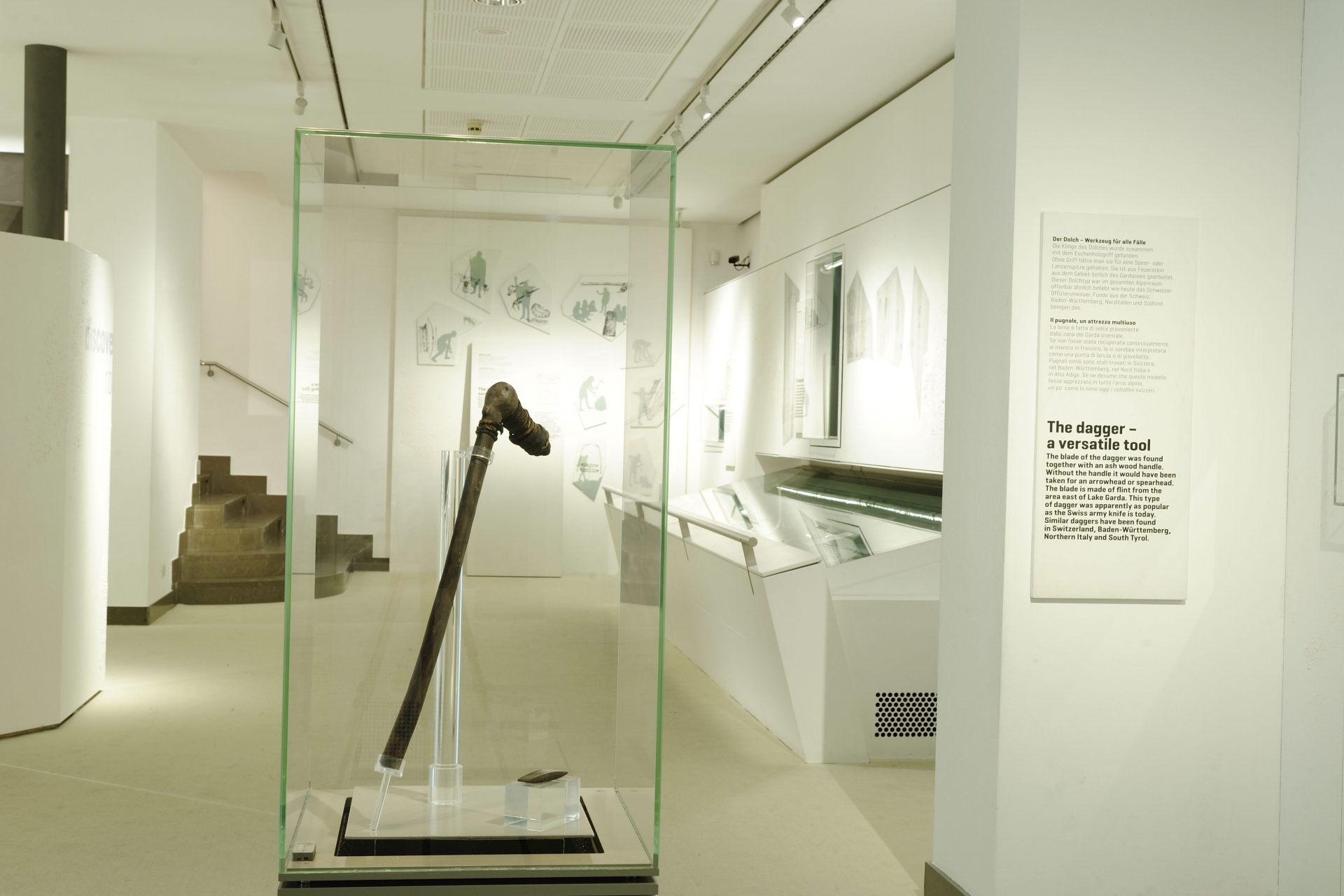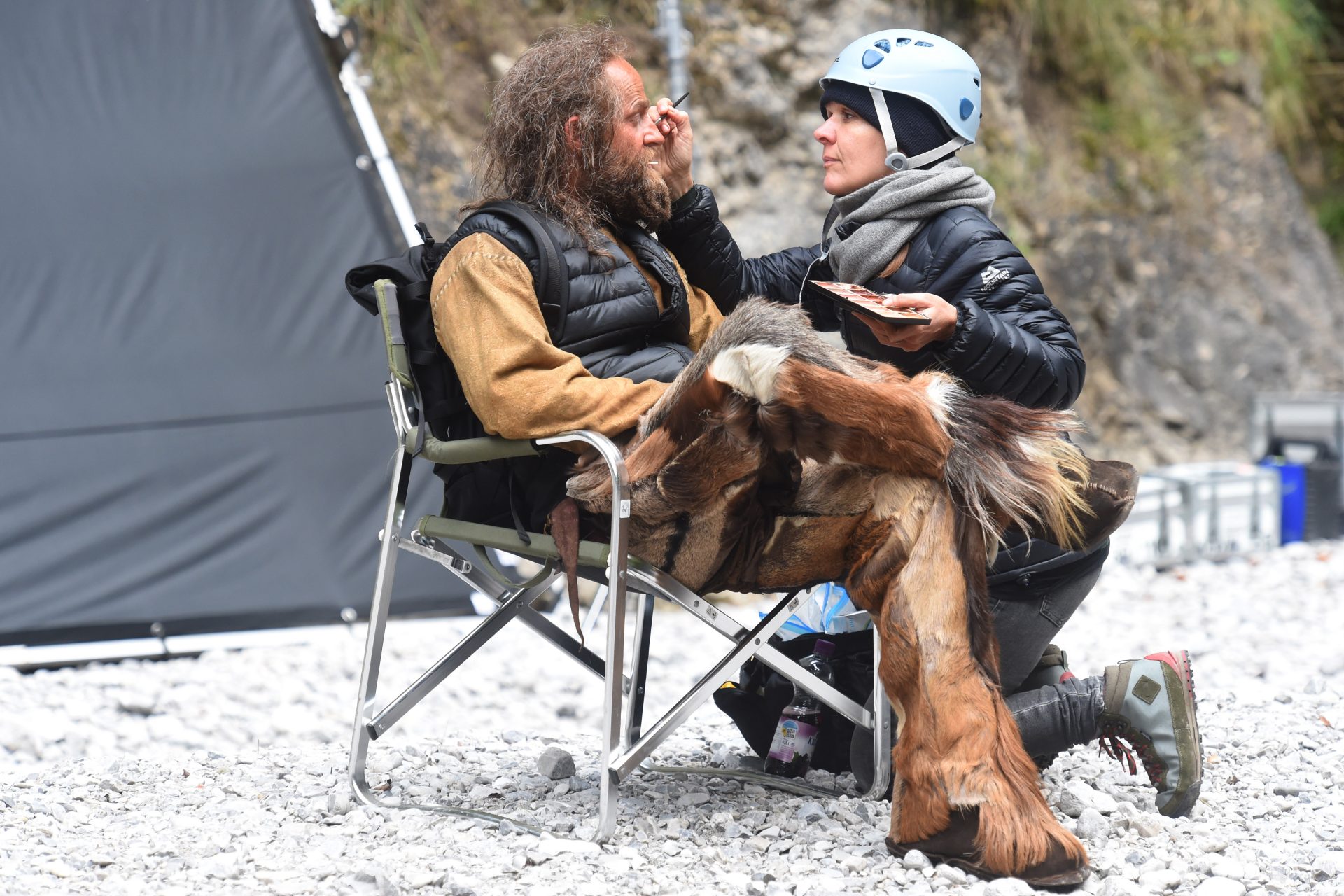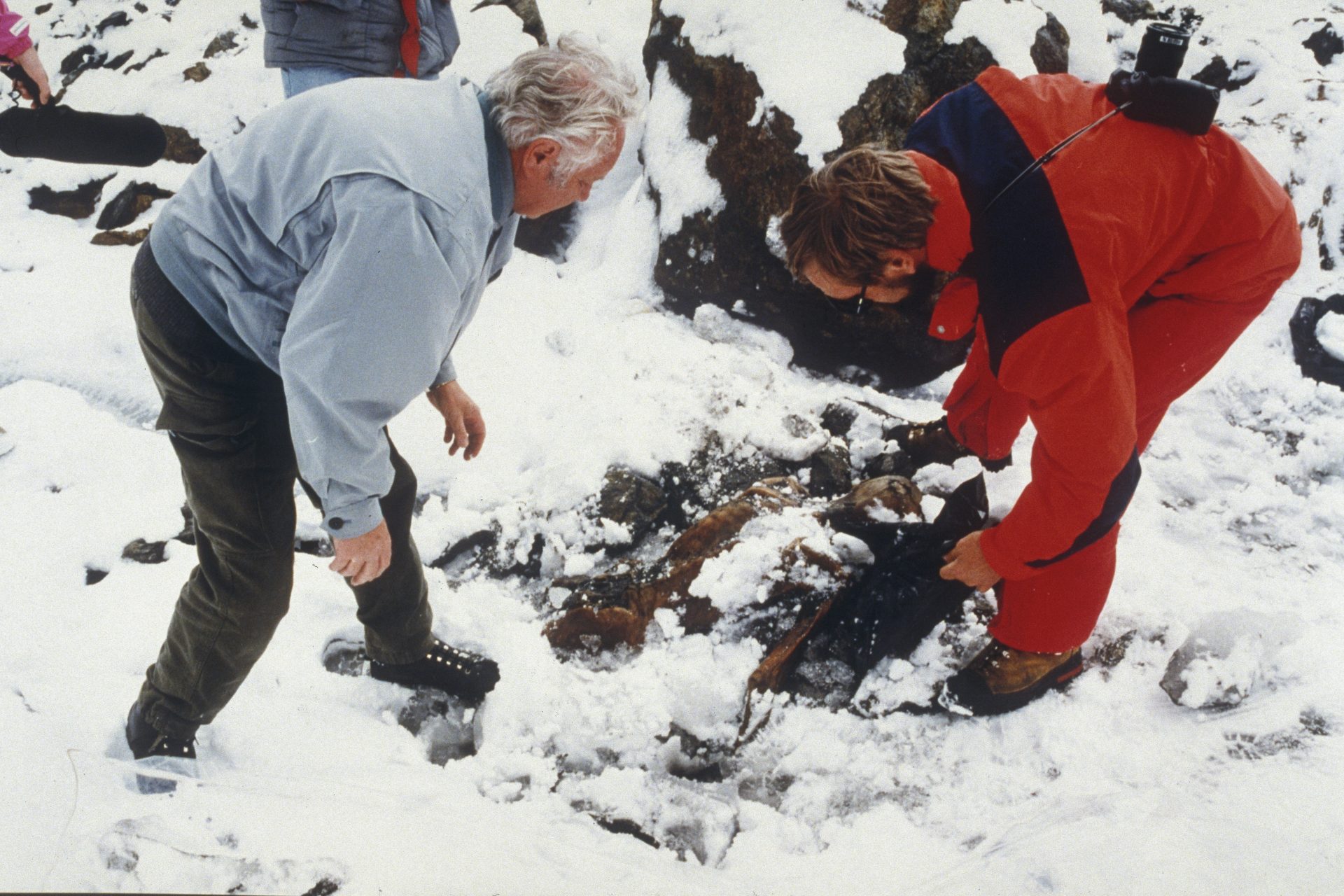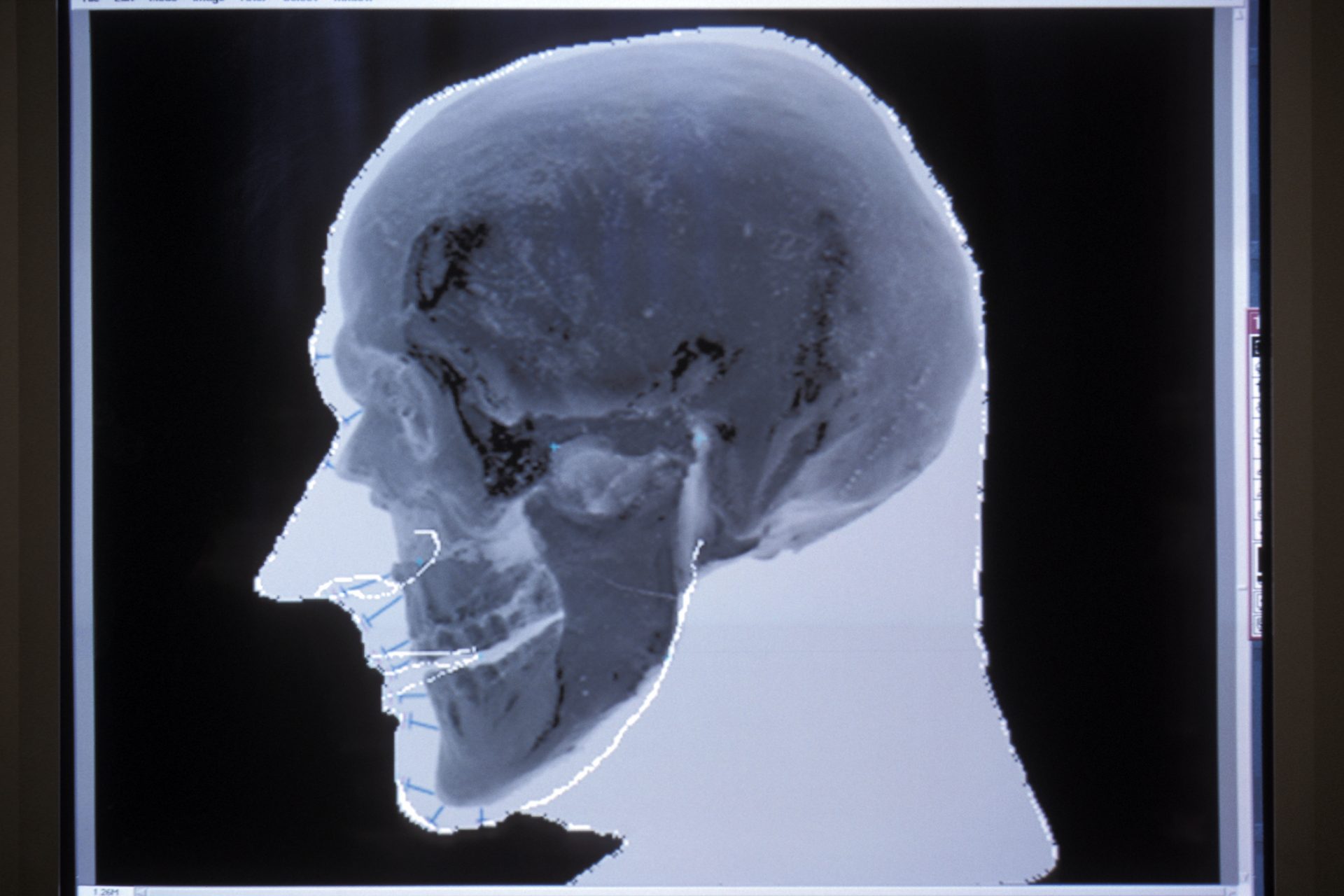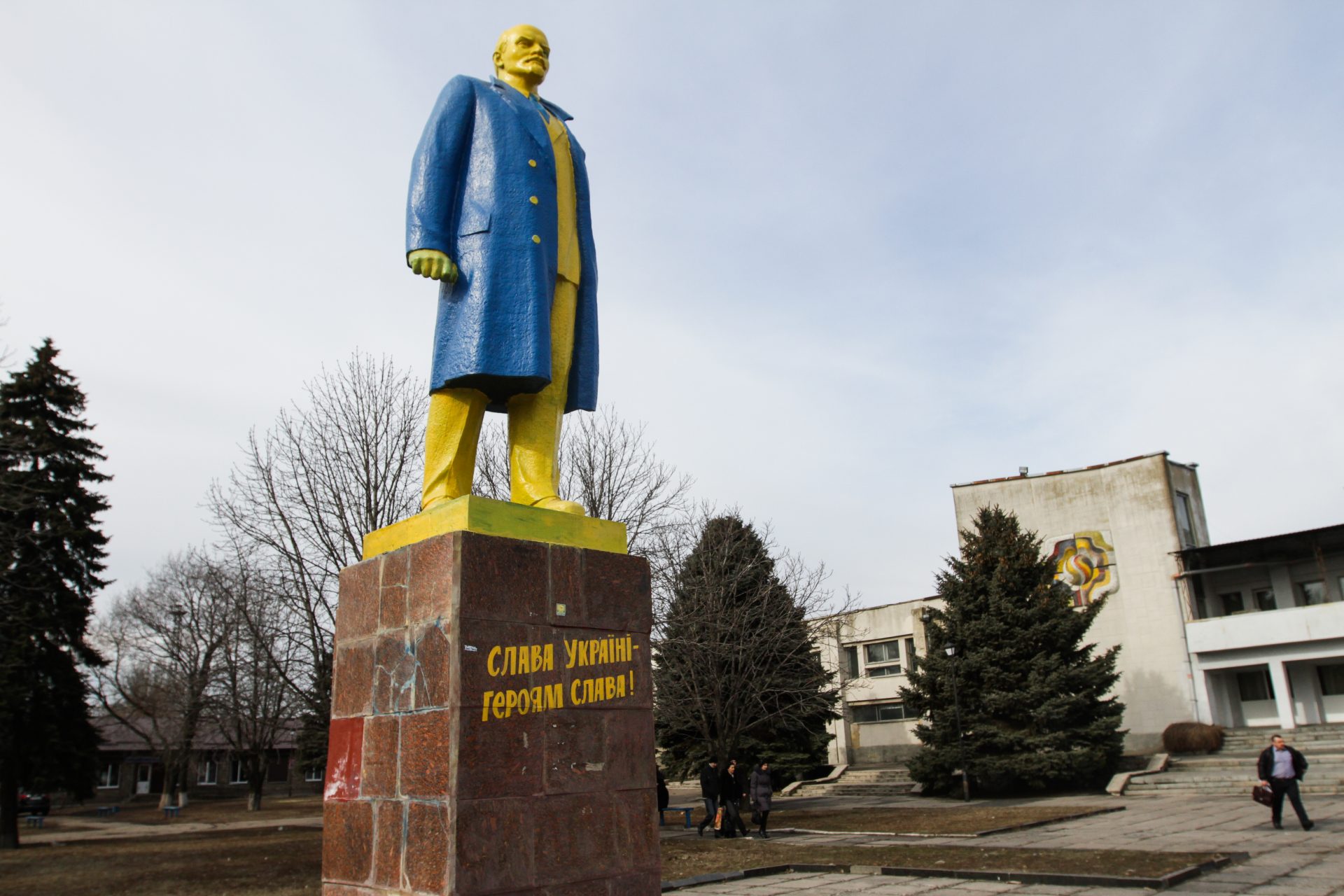The real appearance of Ötzi the Iceman, the 5,300 year old mummy
In August, 2023, a research team from Germany, Italy and Austria published a study, according to which Ötzi the Iceman could have looked very different than previously thought.
The results, published in the journal "Cell Genomics", were based on a modern genome analysis. The scientists took two samples of the left pelvic bone and surrounding tissue for a series of four extractions each.
The sequencing of the genome shows that more than 91% of Ötzi's genes come from Anatolian immigrants from the Middle East. The remaining, almost 9%, come from European hunters and gatherers.
In contrast to previous analyses performed with the Eismann genome, the research team found no evidence of a Russian steppe-related ancestry. The scientists describe his genes as a mixture of European hunter-gatherer ancestry and early Neolithic farmer ancestry.
The experts now attribute the fact that the genetic analysis published in 2012 found traces of these immigrants to contamination of the DNA examined at the time.
According to the study, this also fits the chronology better, because these pastors, who lived north of the Black Sea, only reached Central Europe around 4,900 years ago; long after Ötzi's death.
(Image: Tools found on the mummy)
The Iceman belonged to blood group O and was infected with Lyme disease. According to earlier genetic analyses, which have now been reconfirmed, he had brown eyes. But until now it was assumed that Ötzi's body showed hardly any traces of hair due to the long time he had been lying there.
According to the test, as a man of advanced age, Ötzi most likely did not have as long and thick hair as in the known reconstructions. His genes show a predisposition to baldness, which could also explain "why almost no hair was found in the mummy," said Albert Zink from the Institute for Mummy Research in Bozen and co-author of the study.
The analysis also showed that Ötzi had a darker complexion. "His skin tone was probably similar to that of people living in North Africa or Andalusia today," said archaeogeneticist Prof. Johannes Krause from the Max Planck Institute for Evolutionary Anthropology in Leipzig.
(Picture: Mountain legend Reinhold Messner and archaeologist Walter Leitner visit the site on the occasion of the 30th anniversary)
Ötzi was about 1.60 meters (5,25 ft), tall for those times, weighed around 50 kilograms (110 pounds) and wore shoe size 38 eur (7.5 USA). He wore leather shoes and his clothes consisted mainly of fur and leather, as described by SWR.
(Picture: Replica of the backpack that Ötzi carried with him)
At the time of his death, the Iceman was about 46 years old and had most likely recently eaten dried meat.
An X-ray examination after his discovery showed that an arrow had pierced his left shoulder blade. Whether that was the ultimate cause of death and whether he was murdered or an accident, cannot be said with certainty, experts have said.
Even though hereditary factors can be clearly analysed, the research team is a little reserved when it comes to describing Ötzi's appearance, given the fact that there is no scientific certainty of whether, when and to what extent hereditary factors will show up during a person's lifetime.
(Actor Jürgen Vogel during the film "Iceman - The Legend of Oetzi")
On September 19, 1991, German hikers discovered a mummy in the Ötztal Alps. This is how the iceman got his name and became the oldest mummy in the world at the time.
Ötzi became the subject of international research. Just a few days later, the prehistorian Konrad Spindler published his first findings on Ötzi.
The glacier mummy is in the South Tyrol Archeological Museum in Bolzano (Italy). The pictures and reconstructions show Ötzi with long hair and light skin and will remain this way for the time being, museum spokeswoman Katharina Hersel told the dpa.
More for you
Top Stories



